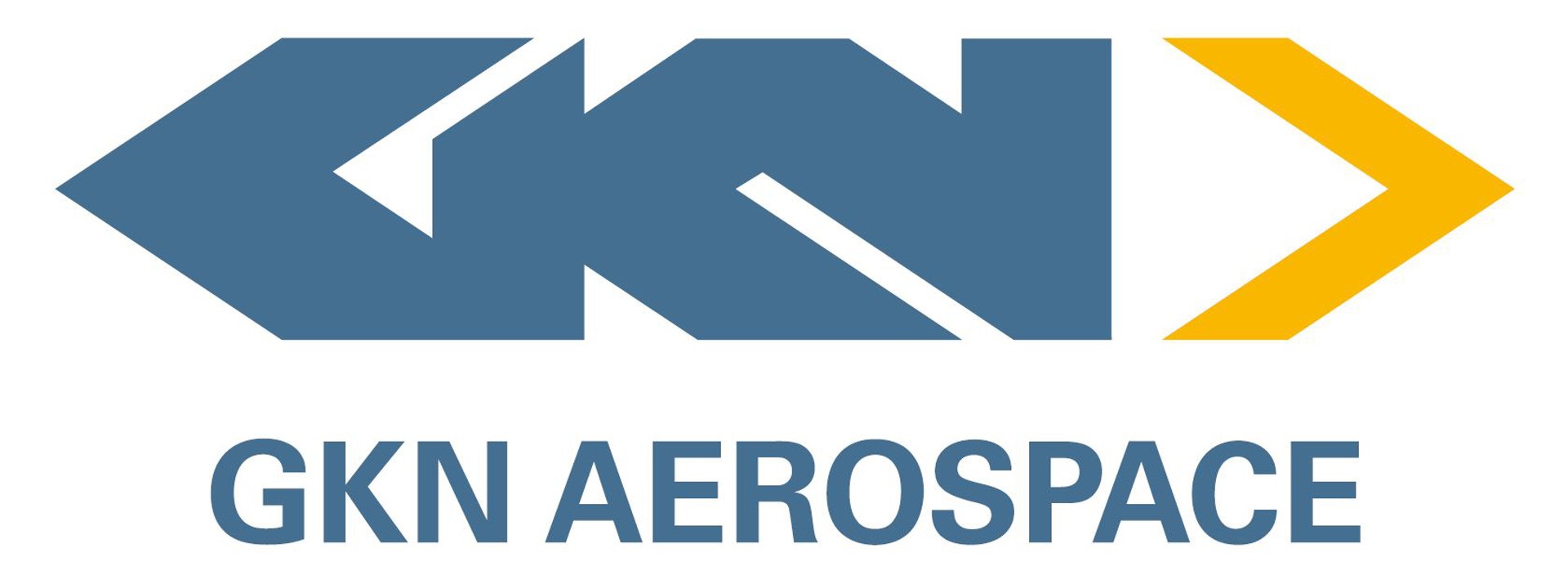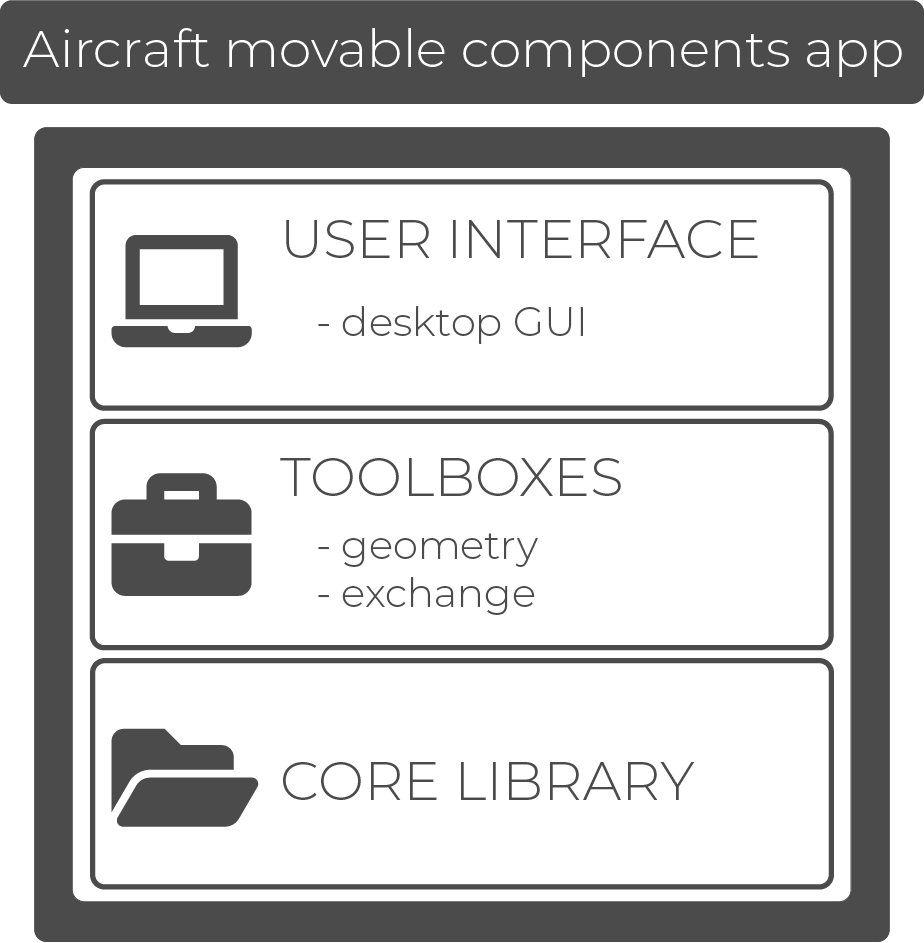Background
GKN Fokker Aerostructures is market and technology leading in lightweight aircraft structures and components for helicopters, business jets, advanced fighter aircraft, and large passenger aircraft. As time and resources are limited in typical aircraft development programs, GKN Fokker Aerostructures can only perform a limited amount of design studies. That means that potential product improvements are not fully explored. This is no exception for one of GKN Fokker Aerostructures’ primary business lines: aircraft movables such as rudders, elevators, and ailerons.

By increasing the level of automation in the development process, GKN Fokker Aerostructures aims to bring down design cycle time for aircraft movables and increase the number of design studies performed. This ultimately results in more lightweight designs, lower cost, and lower project risk for new aircraft movables.
Challenge
Among the aircraft movables, there is a large variety and a large number of inputs that influence the design: aspects that may be varied include the position of the hinges, load cases, structural layout (e.g. number and position of ribs and spars), dimensions of parts, allocated materials and variations in the type of joints. Many of these variables are interrelated and affect each other and the overall design when changed.
To evaluate the structural performance of the product, high-fidelity FEM and stress analyses are performed, even in the early stages of the development process. This requires a highly accurate mesh and a high degree of control. Before the ParaPy application, this mesh was created manually using a different software platform. This means that the link, between the geometric model and the structural analysis is broken. Because of this broken link, implementing design changes is a time consuming and iterative process that is prone to errors. Adding to this is the limited control over geometrical operations that CAD software solutions typically expose via a proprietary API. This can require a steep learning curve and restricts the user in automating the design. In a typical aircraft development program, this leaves little to no room to evaluate alternative designs, let alone optimize it.
Solution
By selecting ParaPy as a platform, GKN Fokker Aerostructures has been able to create a central multi-disciplinary model for its moveable designs in a joint development project. The central model combines the geometric model with the disciplinary analysis aspects thereby reducing the need for direct interfacing between different software tools. The core of the application consists of a fully parametric and highly detailed product model for movables, built upon ParaPy’s geometry library. This enables users to generate rudders, elevators, and ailerons of many shapes and sizes, each sharing common components such as skin panels, spars, and stringers. The open API of ParaPy means the CAD operations on the geometrical model can be customized and as a result automated to a larger extend. Being based on the well-known and easy-to-learn programming language Python, the development of design automation tools noticeably accelerated.
Using the desktop UI package a custom-built UI has been developed that matches the design process that the engineers are used to. The UI guides the user through the application workflow from selecting a concept solution and adjusting the moveable configuration to evaluating the analysis results. Using the widgets from the desktop UI package, custom panels are quickly created as the widget API is written in plain Python. No need to learn another language or UI framework. The widgets allow the user to interact with the design, for example, to change the positioning and dimensions of structural parts and allocate materials by browsing and filtering the materials library.

Desktop GUI

Next to the geometric model, specialized disciplinary analysis models have been included to generate input for FEM and cost analysis. By taking advantage of the file exchange capabilities of our simulation toolboxes, a tight integration with GKN Fokker Aerostructures’ commonly used tools has been established. Now FEM and cost analysis are fully automated without the need for human intervention.
The image below shows the libraries from the ParaPy platform that enabled the development team to create the design app.

Impact
The application is has been deployed for operational usage and was leveraged in a project bid phase in which various elevator concepts for a new business jet development programs had to be proposed. The parametric design and the tight coupling with analysis tools enabled a fully automatic design and analysis workflow characterized by the high level of detail and accuracy. Using the movable generator application, up to 10 alternative designs can be evaluated in a time frame that traditionally was required for a single design. The application allows GKN Fokker Aerostructures to propose superior designs and gain a competitive edge.


